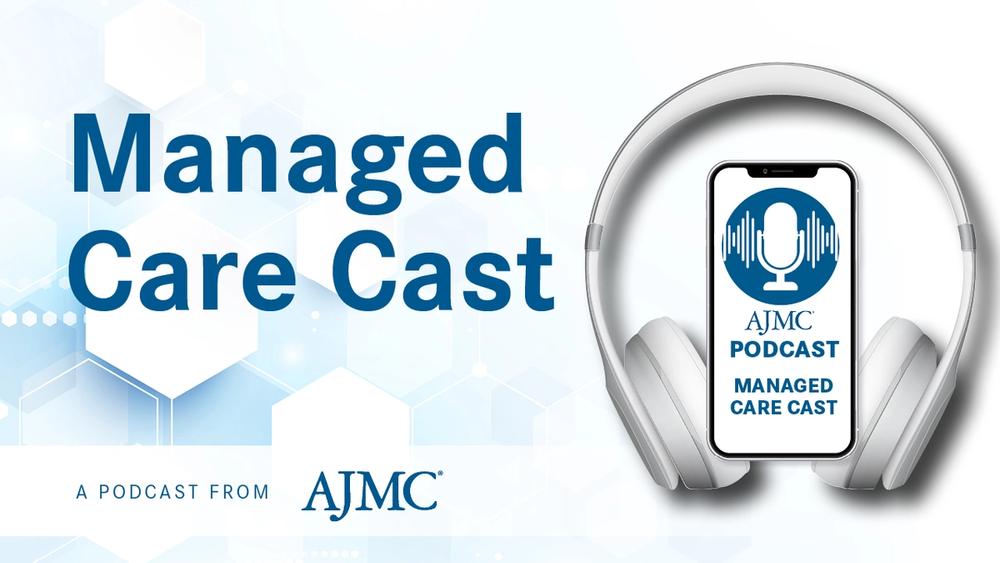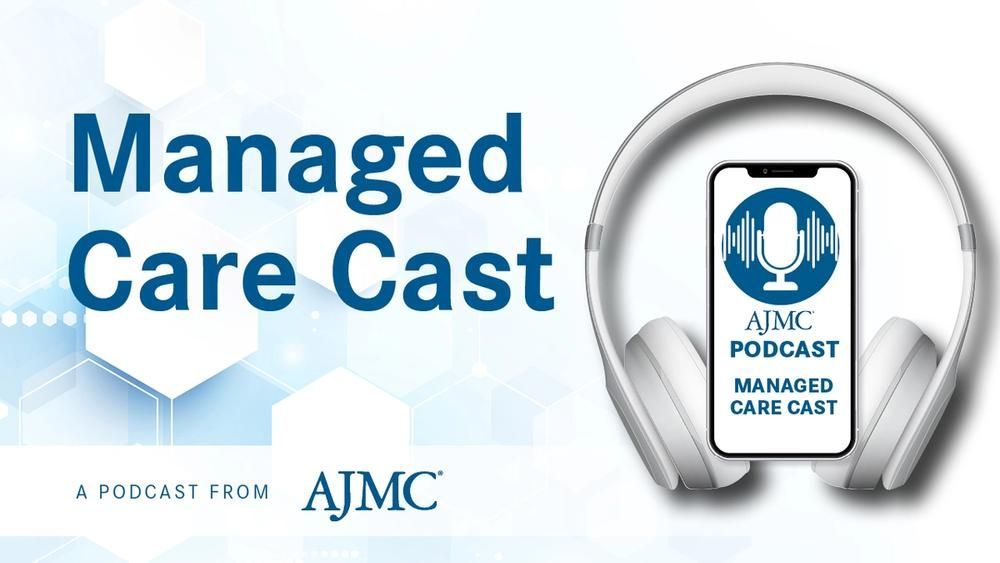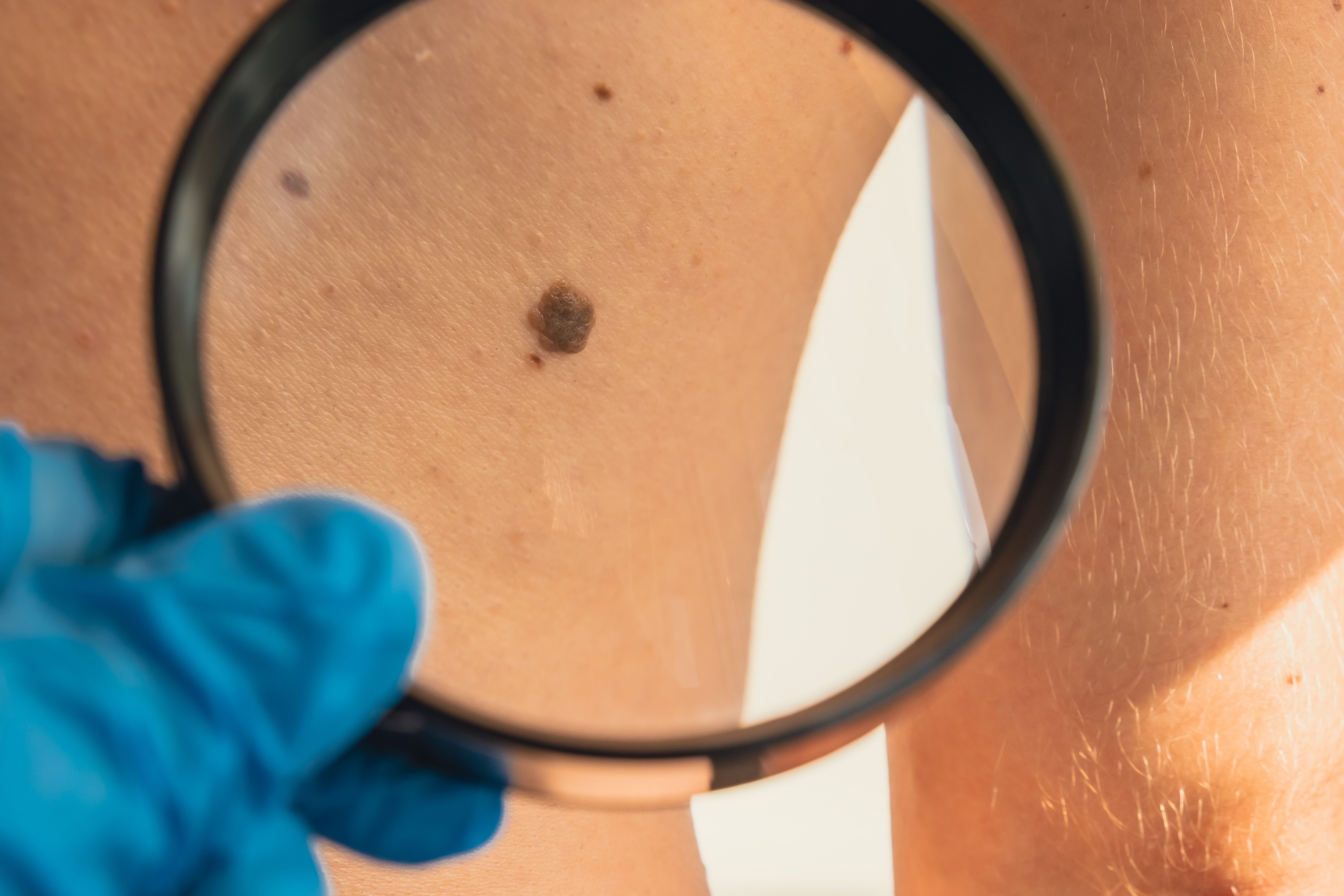Commentary
Article
"The Barriers Are Real": Antoine Keller, MD, on Geography and Cardiovascular Health
Author(s):
Health care disparities are often driven by where patients live, explained Antoine Keller, MD, as he discussed the complex, systematic hurdles that influence the health of rural communities.
A complex web of social determinants, geography, and policy gaps continues to drive disparities in cardiovascular wellness, particularly in the southern states like Louisiana, Antoine Keller, MD, FACC, FACS, cardiovascular, endovascular, and thoracic surgeon, and founder of HeartSense, told The American Journal of Managed Care®.
One's zip code can greatly influence care access | image credit: LAONG - stock.adobe.com

One of the most significant challenges is geographic in nature, he began. In rural areas of states like Louisiana and Mississippi, there are large populations without nearby access to health care providers or facilities equipped with the necessary technology to diagnose and treat heart conditions. In Louisiana, only 11% of physicians currently serve communities in rural areas; maintaining this level of health care access in the 5-year’s time will require nearly 400 more primary care physicians.1 Human Resources for Health estimates that Louisiana and Mississippi, alongside New Mexico, will experience the greatest physician shortages in the US by 2030.2
“The barriers are real,” Keller said, “Even in the city of Baton Rouge, Louisiana, there are zip codes that don't have doctors at all. If people don't have transportation, or childcare, or they work for daily wages and they need to be able to feed their families and eat, they can't take a whole day to go sit in the doctor's office.”
Many residents also face food insecurity, which is closely linked to cardiovascular health. Poor nutrition can progress conditions in people already genetically predisposed to heart disease, leading to more severe health outcomes at earlier ages.3
The affordability of care represents another issue impacting these communities. While Louisiana has expanded Medicaid—making certain diagnostics, like echocardiograms, more accessible—Keller explained that many neighboring southern states have not adopted this policy. This means that many patients under the age of 65 will need to pay out of pocket or rely on charitable programs for various forms of screening or treatment.
Even when patients are covered, access to specialized cardiovascular care is limited: “Oftentimes you have to wait weeks and months and sometimes years to be able to get the appropriate care,” Keller mentioned. These diagnostic or treatment delays can lead to more severe disease, worsen individuals’ quality of life, heighten their risk for cardiovascular-related death, and further stress health care systems that need to respond more intensely and at later disease stages.4
Insurance coverage also shapes treatment availability. For example, Keller mentioned how heart failure is treated in stages. While early-stage medications may be more widely covered, the most advanced, evidence-based therapies—the so-called “third-tier” treatments—are often not reimbursed by Medicare, Medicaid, or many commercial insurers. “If you have heart failure that is needing to be treated by these third-tier drugs, you're just not going to get it. Some insurance companies won't even pay for them,” he said. As health care policy puts up financial barriers, life-saving interventions and diagnostics are put out of reach for many patients living in poverty, despite their inclusion in national treatment guidelines.
Access to quality cardiovascular care is too often determined not by a patient’s health needs, but by their zip code, state policies, and socioeconomic status. Addressing cardiovascular disparities in underserved communities begins with acknowledging these inequities—and acting intentionally to dismantle them. As such, Keller posited that community engagement, policy reform, and strategic investment in a sustainable health care workforce must all play a role in ensuring that no one is left behind when it comes to heart health.
For more from Keller’s interview, watch as he discussed HeartSense’s mission to address disparities in rural populations, and how leveraging artificial intelligence for cardiovascular screening has advanced their goals.
References
1. OXIHER Health Priorities: Focus on Rural Health Disparities. Healthy State; 2024. Accessed April 18, 2025. https://www.livehealthystate.org/assets/OXIHER-Rural-Health-Article.pdf
2. Zhang X, Lin D, Pforsich H, Lin VW. Physician workforce in the United States of America: forecasting nationwide shortages. Hum Resour Health. 2020;18(1):8. doi:10.1186/s12960-020-0448-3
3. Porras-Pérez E, Romero-Cabrera JL, Díaz-Cáceres A, et al. Food insecurity and its cardiovascular implications in underresourced communities. J Am Heart Assoc. 2025;14(6):e037457. doi:10.1161/JAHA.124.037457
4. Transforming cardiovascular care and the burden of heart failure. AstraZeneca. August 21, 2023. Accessed April 18, 2025. https://www.astrazeneca.com/media-centre/articles/2023/transforming-cardiovascular-care-burden-heart-failure.html





